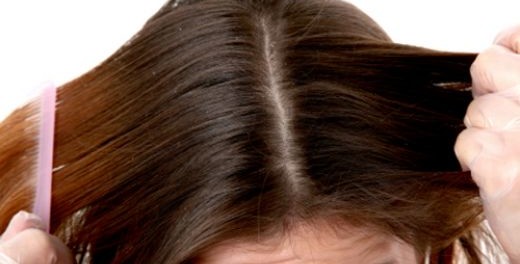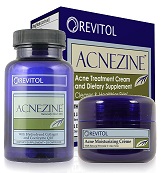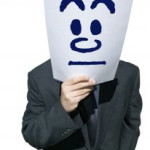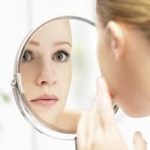Treatment for scalp acne will include using cleaning products that contain salicylic acid. This should be applied with a cotton ball. The salicylic acid can cause excessive drying and should only be applied to the affected area which is why a cotton ball is used for application and it is not applied throughout the entire scalp.
Dermatologists recommend using a mild shampoo to control the increased oil production which is often a problem for individuals who suffer from scalp acne. The scalp and hair should not be treated with benzoyl peroxide because the peroxide will change the color of the hair, even blonde hair. Anti-dandruff shampoos can be used in these cases.
In some cases the dermatologists will culture the acne to determine the antibiotics which can have a beneficial effect. Physicians will order either oral or topical forms of antibiotics and some also recommend the use of mild topical steroid creams and lotions to decrease the inflammation on the skin that will decrease the production of blemishes.
Oral antibiotics which are often prescribed include tetracycline, doxycycline, ethrythromycin or cotrimoxasole. Oral antihistamines are used to decrease the systemic response to the skin, decreasing the inflammation and therefore decreasing the number of outbreaks.
Scalp acne is not as popularized in the media as “regular” facial and back acne. However, it is more prevalent than you might think. It also isn’t as evident since most people who suffer from the blemishes have them inside the hairline. Treatment of scalp acne is very important so they don’t leave pock type scars on the scalp which can kill the hair follicles and thin the hair.
References:
(1) Mayo Clinic: Acne
http://www.mayoclinic.com/health/acne/DS00169/DSECTION=causes
(2) Archives of Dermatology: Acne Nectrotica; Relation to Acne Necrotica Miliaris and Response to Penicillin and Other Antibiotics
http://archderm.jamanetwork.com/article.aspx?articleid=522972
| Advertisement | |
 |
|


Leave a Reply